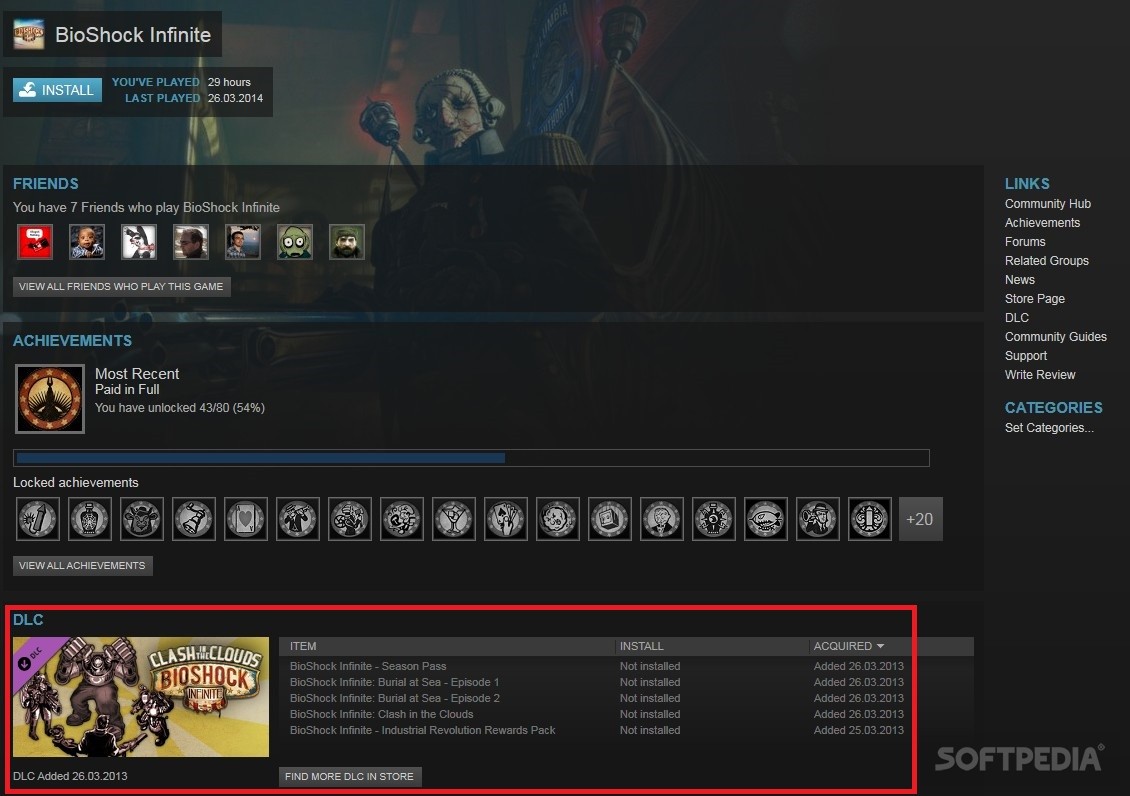Shown below are the average download rates for Steam clients on the most popular Internet Service Providers for, sorted by the number of bytes delivered to that network. Network Average Download Rate. Each point represents Steam download activity from at least one Steam user during a. We’ve all been there – waiting in with steam coming out of our ears for the engineer who never appears! Delivering complex B2C solutions (home broadband, mor.
Azure Stream Analytics is a fully managed, real-time analytics service designed to help you analyze and process fast moving streams of data that can be used to get insights, build reports or trigger alerts and actions. Learn how to use Azure Stream Analytics with our quickstarts, tutorials, and samples.

About Azure Stream Analytics
Quickstart

Overview
What's new
Concept
Connect a job to a data source
Overview
Concept
How-To Guide
Send data to an output sink
Overview
Concept
How-To Guide

Monitor and troubleshoot your job
How-To Guide

Review temporal concepts
Concept
Transform data with Stream Analytics queries
Concept
How-To Guide
Tutorial
Analyze with machine learning
How-To Guide
Create and manage jobs with developer tools
How-To Guide
video
Try Stream Analytics tutorials and solutions
Tutorial
How-To Guide
Deploy Stream Analytics jobs
How-To Guide
Scale Stream Analytics jobs
How-To Guide
-->In time-streaming scenarios, performing operations on the data contained in temporal windows is a common pattern. Stream Analytics has native support for windowing functions, enabling developers to author complex stream processing jobs with minimal effort.
There are five kinds of temporal windows to choose from: Tumbling, Hopping, Sliding, Session, and Snapshot windows. You use the window functions in the GROUP BY clause of the query syntax in your Stream Analytics jobs. You can also aggregate events over multiple windows using the Windows() function.
All the windowing operations output results at the end of the window. Note that when you start a stream analytics job, you can specify the Job output start time and the system will automatically fetch previous events in the incoming streams to output the first window at the specified time; for example when you start with the Now option, it will start to emit data immediately.The output of the window will be single event based on the aggregate function used. The output event will have the time stamp of the end of the window and all window functions are defined with a fixed length.
Tumbling window
Tumbling window functions are used to segment a data stream into distinct time segments and perform a function against them, such as the example below. The key differentiators of a Tumbling window are that they repeat, do not overlap, and an event cannot belong to more than one tumbling window.
Hopping window
Hopping window functions hop forward in time by a fixed period. It may be easy to think of them as Tumbling windows that can overlap and be emitted more often than the window size. Events can belong to more than one Hopping window result set. To make a Hopping window the same as a Tumbling window, specify the hop size to be the same as the window size.
Sliding window
Sliding windows, unlike Tumbling or Hopping windows, output events only for points in time when the content of the window actually changes. In other words, when an event enters or exits the window. So, every window has at least one event. Similar to Hopping windows, events can belong to more than one sliding window.
Session window
Session window functions group events that arrive at similar times, filtering out periods of time where there is no data. It has three main parameters: timeout, maximum duration, and partitioning key (optional).
A session window begins when the first event occurs. If another event occurs within the specified timeout from the last ingested event, then the window extends to include the new event. Otherwise if no events occur within the timeout, then the window is closed at the timeout.
If events keep occurring within the specified timeout, the session window will keep extending until maximum duration is reached. The maximum duration checking intervals are set to be the same size as the specified max duration. For example, if the max duration is 10, then the checks on if the window exceed maximum duration will happen at t = 0, 10, 20, 30, etc.

When a partition key is provided, the events are grouped together by the key and session window is applied to each group independently. This partitioning is useful for cases where you need different session windows for different users or devices.
Snapshot window
Videos For Steam Analytics
Snapshot windows groups events that have the same timestamp. Unlike other windowing types, which require a specific window function (such as SessionWindow(), you can apply a snapshot window by adding System.Timestamp() to the GROUP BY clause.
Steam Analytics Halo
Next steps
